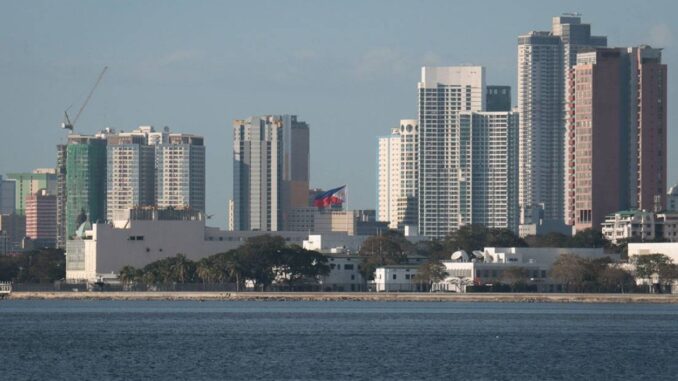
THE Philippines could be set for a credit ratings upgrade after S&P Global Ratings (S&P) on Tuesday raised its outlook to “positive” from “stable.”
The debt watcher currently rates the country as “BBB+,” which it set in 2019. The next step-up is “A-“. A “positive” outlook indicates the possibility of an upgrade in the medium term.
“The positive outlook reflects our improved assessment of institutional and policy settings in the Philippines,” S&P said.
“This improvement could lead to stronger sovereign support over the next 12-24 months if the Philippines’ economy maintains its external strength, healthy growth rates and that fiscal performance will strengthen,” it added.
An upgrade could be ordered if the current account deficit tapers off to the extent that “buffers in the Philippines’ narrow net external asset position are maintained and if the government achieves more rapid fiscal consolidation,” the debt watcher said.
On the other hand, the outlook could be revised to “stable” if economic growth falters, eroding long-term prospects and the government’s fiscal and debt situation.
“If persistently large current account deficits lead to a structural weakening of the Philippines’ external balance sheet, we would also revise the outlook to stable,” S&P added.
For the moment, however, it said that effective policymaking had delivered structural improvements to the country’s credit indicators. Reforms have also raised government revenues and helped fund investments, while infrastructure and policy improvements have kept economic growth strong.
The Philippines’ external position also remains a “credit strength” that is reflective of higher foreign exchange reserves and low external debt.
S&P expects the country to grow by 5.5 percent this year, driven by a recovery in net exports along with contained inflationary pressures. This, however, falls below the government’s 6.0- to 7.0-percent target.
Ongoing business, investment and tax reforms should benefit growth over the next three to four years, and the government is also expected to continue implementing a “well-established medium-term fiscal framework that has delivered constructive development outcomes.”
An ongoing economic recovery should lead to a lower deficit and further stabilization of the debt burden, but it will take “several years for fiscal balances to recover to pre-pandemic levels given the eroded fiscal headroom.”
Finance Secretary Ralph Recto said the outlook upgrade would benefit the country via a “wider access to cheaper and more cost-effective borrowing costs for the government and the private sector.”
Bangko Sentral ng Pilipinas Governor Eli Remolona Jr., meanwhile, welcomed S&P’s move and said that monetary authorities remained “committed to promoting price stability, financial stability and an efficient payment system to support sustainable economic growth.”
He also said that the country had enough reserves to protect against global economic fluctuations, noting that gross international reserves had risen to $111.1 billion as of end-October.
“This is enough to cover 8.0 months’ worth of imports, well above the three-month benchmark suggested by the International Monetary Fund,” Remolona said.


Be the first to comment